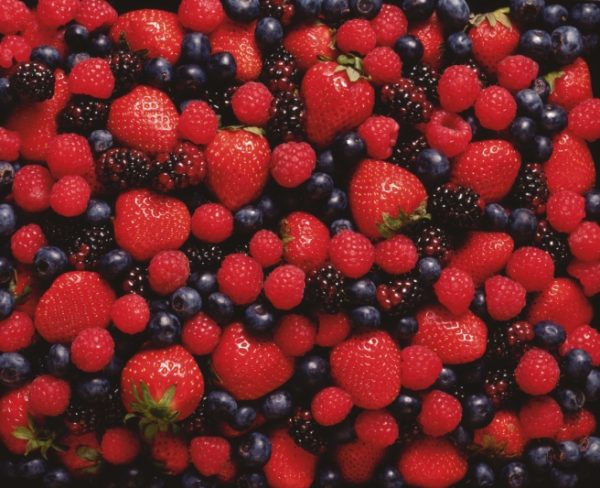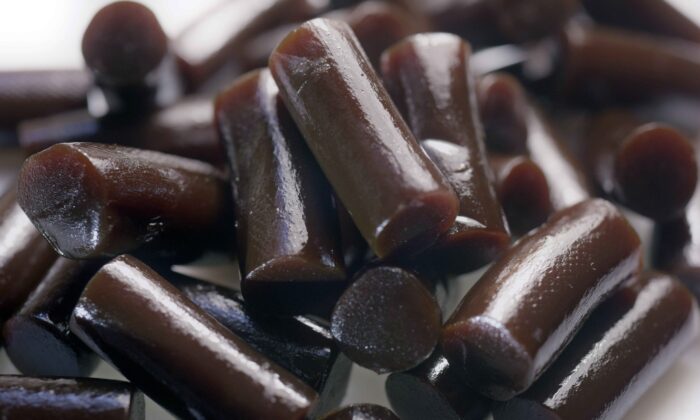Studies Find Natural Treatments for Coronavirus
Contrary to what mass mainstream media would have you assume, coronaviruses aren’t uncharted territory. In fact, human coronaviruses are responsible for 15-30% of common colds each year. More severe cases of coronavirus infections were observed during outbreaks of severe acute respiratory syndrome (SARS) and Middle Eastern respiratory syndrome (MERS), two coronavirus infections that led to pneumonia in some individuals who were infected.
These outbreaks sparked interest from the complementary medicine community who began investigating natural solutions for treating SARS and MERS infections, the studies of which have been compiled in our comprehensive database on Coronavirus Infection and Coronavirus Disease.
These natural substances demonstrating viral inhibition of SARS-coronavirus are likely also effective against the 2019 coronavirus, considering the two are closely related and share the same angiotensin-converting enzyme II-mediated infection. In other words, SARS-coronavirus and the 2019 novel coronavirus are both structurally and mechanistically similar and can be targeted by the same substances.
In fact, one paper published in the Chinese Journal of Preventive Medicine states that the 2019 novel coronavirus is actually less pathogenic than the SARS-coronavirus, suggesting that these natural substances may be even more effective in their coronavirus-inhibiting properties.

These naturally-occurring, whole food-derived substances with proven coronavirus-inhibiting properties are discussed below:
- Licorice root. Glycyrrhizin, an active constituent of licorice roots, has been shown to exhibit potent inhibitory activity against SARS-coronavirus replication. Additionally, glycyrrhizin appears to be more effective during the early stages of coronavirus replication.
- Flavonoids. The activity of coronavirus proteases is a key factor in coronaviruses’ ability to propagate in cells. Flavonoids, however, directly inhibit coronavirus protease activity, resulting in decreased virus propagation (4). The flavonoids with the highest virus inhibitory power appear to be herbacetin, isobavachalcone, quercetin 3‐β‐d‐glucoside, and helichrysetin.
- Chameleon plant (Houttuynia cordata). In one animal study, Chameleon plant aqueous extract demonstrated significant antiviral activity against the SARS-coronavirus in vivo. The study also found that the herb stimulated the proliferation of mouse splenic lymphocytes in a dose-dependent manner, suggesting it also functions as an immunomodulatory plant.
- Chinese medicine preparations. Chinese medicine has been frequently used as an adjunct therapy to treat SARS patients, as evidenced by a Cochrane systematic review that concluded Chinese Medicine as an adjunct therapy “may improve symptoms, quality of life and absorption of pulmonary infiltration, and decrease the corticosteroid dosage for SARS patients”. Another study has also proposed ShuFengJieDu Capsules and Lianhuaqingwen Capsule as a potentially effective treatment for 2019 novel coronavirus, considering previous studies demonstrating their ability to both treat and prevent respiratory infectious viruses.
This article was originally published on GreenMedInfo.com
References
1. Mesel-Lemoine, M., Millet, J., Vidalain, P. O., Law, H., Vabret, A., Lorin, V., Escriou, N., Albert, M. L., Nal, B., & Tangy, F. (2012). A human coronavirus responsible for the common cold massively kills dendritic cells but not monocytes. Journal of virology, 86(14), 7577-7587. https://doi.org/10.1128/JVI.00269-12
2. Tian H. Y. (2020). Zhonghua yu fang yi xue za zhi [Chinese journal of preventive medicine], 54(0), E001. Advance online publication. https://doi.org/10.3760/cma.j.issn.0253-9624.2020.0001
3. Cinatl, J., Morgenstern, B., Bauer, G., Chandra, P., Rabenau, H., & Doerr, H. W. (2003). Glycyrrhizin, an active component of liquorice roots, and replication of SARS-associated coronavirus. Lancet (London, England), 361(9374), 2045-2046. https://doi.org/10.1016/s0140-6736(03)13615-x
4. Jo, S., Kim, H., Kim, S., Shin, D. H., & Kim, M. S. (2019). Characteristics of flavonoids as potent MERS-CoV 3C-like protease inhibitors. Chemical biology & drug design, 94(6), 2023-2030. https://doi.org/10.1111/cbdd.13604
5. Lau, K. M., Lee, K. M., Koon, C. M., Cheung, C. S., Lau, C. P., Ho, H. M., Lee, M. Y., Au, S. W., Cheng, C. H., Lau, C. B., Tsui, S. K., Wan, D. C., Waye, M. M., Wong, K. B., Wong, C. K., Lam, C. W., Leung, P. C., & Fung, K. P. (2008). Immunomodulatory and anti-SARS activities of Houttuynia cordata. Journal of ethnopharmacology, 118(1), 79-85. https://doi.org/10.1016/j.jep.2008.03.018
6. Liu, X., Zhang, M., He, L., & Li, Y. (2012). Chinese herbs combined with Western medicine for severe acute respiratory syndrome (SARS). The Cochrane database of systematic reviews, 10(10), CD004882. https://doi.org/10.1002/14651858.CD004882.pub3
7. Lu H. (2020). Drug treatment options for the 2019-new coronavirus (2019-nCoV). Bioscience trends, 10.5582/bst.2020.01020. Advance online publication. https://doi.org/10.5582/bst.2020.01020
https://www.theepochtimes.com/studies-find-natural-treatments-for-coronavirus_4218452.html?utm_source=News&utm_campaign=breaking-2022-01-18-3&utm_medium=email&est=wcqEcghgPXlVhz%2F3bfRwdX5zF%2BVpXhCoCWriHOEMZ6a%2FHJh6enSdZrBP

No comments:
Post a Comment